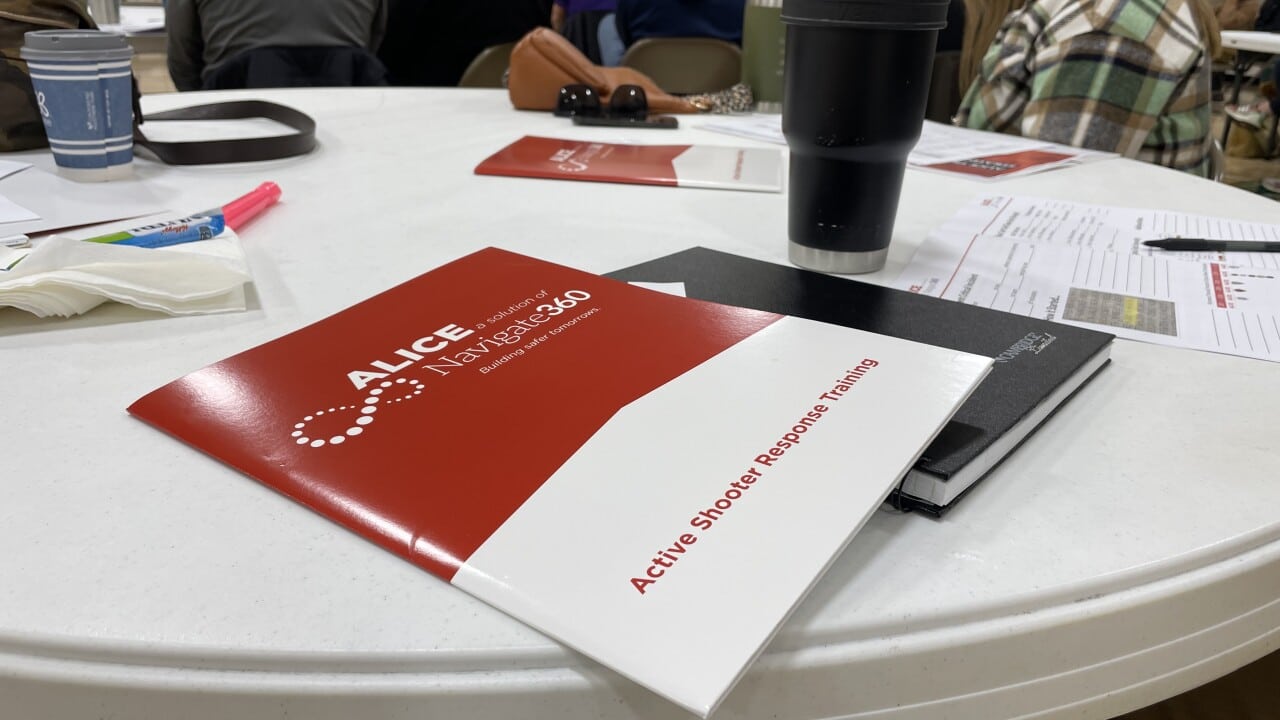In a recent article, JP Guilbault, an expert in school safety and CEO of Navigate360, advises on how to keep schools safe and highlights the pressing challenges faced by school and district leaders in creating secure and supportive environments. Guilbault emphasizes the importance of addressing mental health concerns, increasing staff support and implementing effective safety measures to mitigate the rise of concerning student behavior and ensure the well-being of students and staff.
This story originally appeared in SmartBrief, December 19, 2022. Read the full article here.
5 questions that lead to safe schools
JP Guilbault
Impacts from the COVID-19 pandemic continue to challenge school and district leaders in the fight to create and maintain safe, supportive and successful school environments for staff and students. These issues, coupled with an upward trend in mental health concerns nationwide, present barriers to learning and demand solutions.
According to a report from national nonprofit YouthTruth, middle- and high-school students identified depression, stress and anxiety as the biggest barriers to their learning — contributing to a drop in academic achievement and well-being.
Additionally, emotionally exhausted teachers are bending under the increased workload due to staff illnesses, retirement and a lack of substitutes. Everyone is searching for support and sanctuary, and the burden of relief falls on school and district leaders. This all comes while addressing the significant rise in concerning behavior among students.
Increased stress can lead to problematic student behaviors like severe aggression, self-harm and violence. To date, there have been 287 school shooting incidents in 2022 alone, as well as reports* that anonymous tipline calls involving weapons on campus are up 71% compared with this time last year. These sobering statistics reinforce why safe schools are consistently top of mind for families, teachers and leaders.
Here are five questions to consider as you review your district’s safeguards and protocols.
What’s your approach to safe schools?
Creating safe schools is an incredibly complex, multifaceted issue. It’s constantly evolving and contains threats in the physical, psychological and digital worlds.
Comprehensive school safety requires a framework composed of technology, training, education and community engagement to meet the needs of the whole child. These layers of support must be focused on students’ safety, development and personal and academic success.
Proactive policies and solutions must be in place to:
- Support social-emotional health and positive behaviors.
- Identify, address and intervene with troubling behaviors.
- Prepare for all-hazards emergencies, including violent, critical incidents.
A holistic framework empowers you to go beyond “prevent, prepare, respond and recover.” It allows you to provide the specific physical, environmental and social considerations needed to build safe and supportive environments — the kind that give students and school communities a pathway to success.
Leaders must pay diligent attention to five pillars:
- School culture and climate.
- Physical and cybersafety.
- Early threat detection, assessment and intervention.
- Emergency preparedness and response.
- Incident management and recovery.
How should you address worrisome student behaviors?
Students can’t reach their full academic potential unless they feel safe and supported within their homes and classrooms. The phrase “Maslow before Bloom” suggests that students’ basic needs — including physical, social and emotional safety — must be met before they are mentally equipped to pursue academic learning.
By prioritizing a comprehensive prevention framework for safe schools, you’re addressing students’ individual needs with tools and supports to detect and act on concerning behaviors before they escalate. This provides students in crisis with the support they need in real time.
To help lower behavioral incidents, leaders can actively promote wellness and safety solutions within the school culture daily. They can:
- Deliver whole-child character and life-skills education and recognize and reinforce positive behavior.
- Use social-emotional check-ins to identify early signs of distress.
- Connect, share and analyze critical information with colleagues about behavioral threat assessment case management.
- Leverage reports and key insights from school, district and profile-level data.
- Apply prescriptive intervention courses that support playbooks aligned with school PBIS and MTSS frameworks.
Do you have a real-time first-responders communication plan?
As you plan for possible life-threatening events, involve your local first responders in your safety development process. They’ll walk your school, familiarize themselves with the layout and make suggestions to enhance emergency preparedness. In addition, they’ll advise you on how to make your plan actionable.
Consider investing in an Alyssa’s Law-compliant silent panic alert system to ensure a quick response from the central office, first responders and law enforcement. A measure like this can make the difference between safety and tragedy. Time saved equals lives saved.
Are interactive site maps and floor plans accessible?
A critical component of effective emergency response is the ability to provide first responders with detailed, interactive site maps with floor plans. Emergency responders need views of each room and layouts noting exits, doors and windows as they plan, triage and respond to the crisis.
Smaller details such as the location of fire pulls, defibrillators, roof access and camera positions also are important. Being able to quickly find shut-offs for gas, electric, water and fire suppression can be lifesaving.
This all will help responders in the safe preparation, response and recovery needed for mitigation.
Is your response protocol multi-option or single lockdown?
On average, it takes law enforcement and first responders three to five minutes to reach the scene of a violent, critical incident. Planning for such an event in your district is unavoidable.
The traditional lockdown in use since the 1980s is a one-size-fits-all solution to a very complex situation. It entails locked classrooms, drawn blinds and lights off with students huddled together on the floor. It doesn’t account for other areas like gyms, libraries, sports fields or even hallways.
Today, the federally-recommended and proven best practice to reduce the number of lives lost in a violent critical incident is a multi-option response. The modern approach includes teaching students and staff situational awareness. It empowers them to participate in their survival, assess situations and make informed decisions.
Comprehensive school safety planning is the first step in promoting an emotionally and physically safe school environment for all involved. Instill confidence and focus in students by addressing their basic needs first. Academic learning and success will soon follow.
Jean-Paul Guilbault is CEO of Navigate360, a school and community safety company focused on preventing targeted violence and self-harm, by driving change and using educational technology. For more information, see Navigate360’s report on swatting and weapons’ presence and details on Alyssa’s Law-compliant panic alerts, interactive site maps, and safety drills.
Holistic Safety Solutions that Work Better Together
It takes more than siloed point solutions to take care of the whole child and the schools and communities that surround them. Navigate360 is delivering on our better together commitment by providing solutions that work seamlessly together to create a culture of safety on your campus so every child can experience the school day without fear. This is the new standard for modern school safety, wellness and success and the only path toward zero incidents of violence on school campuses.



